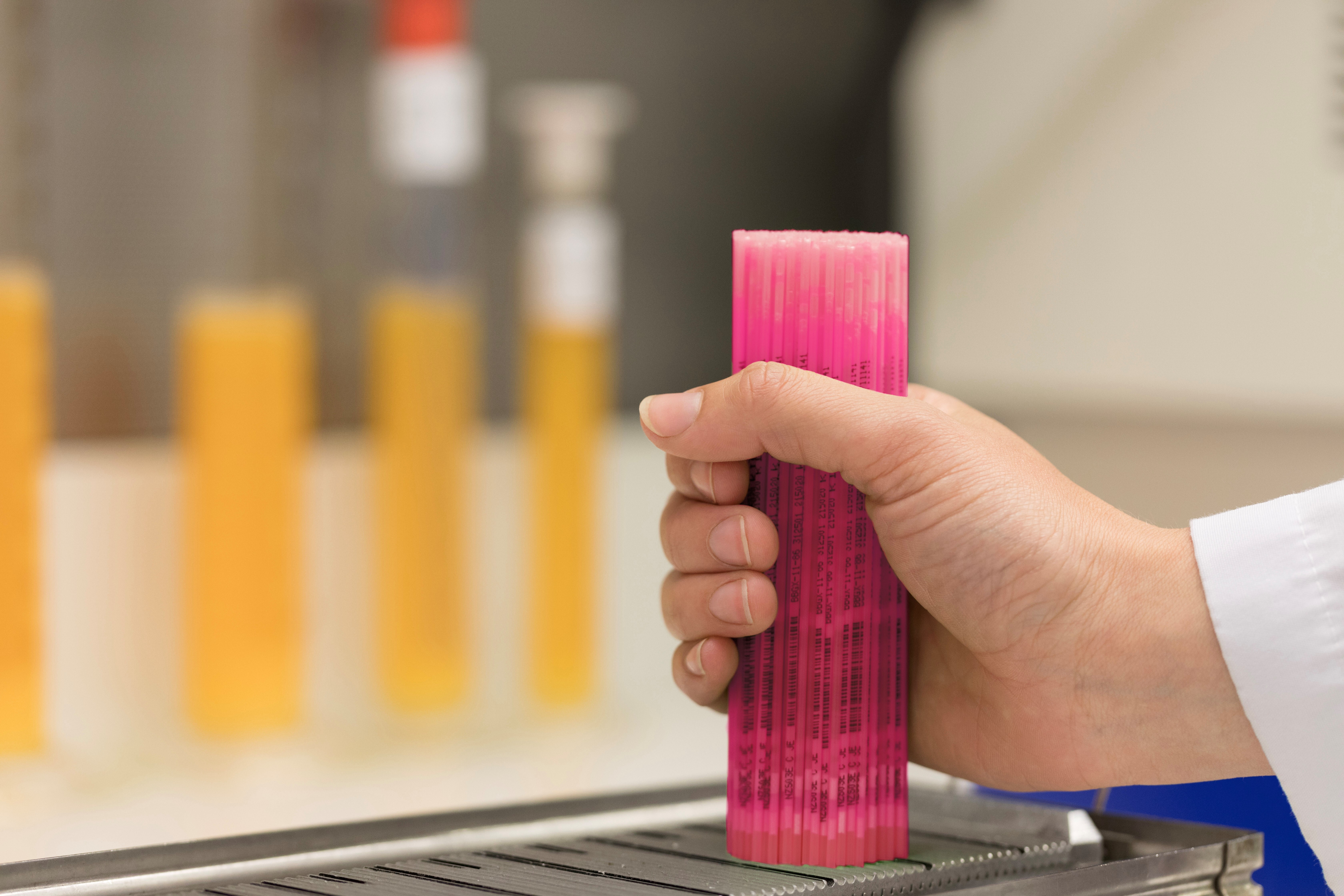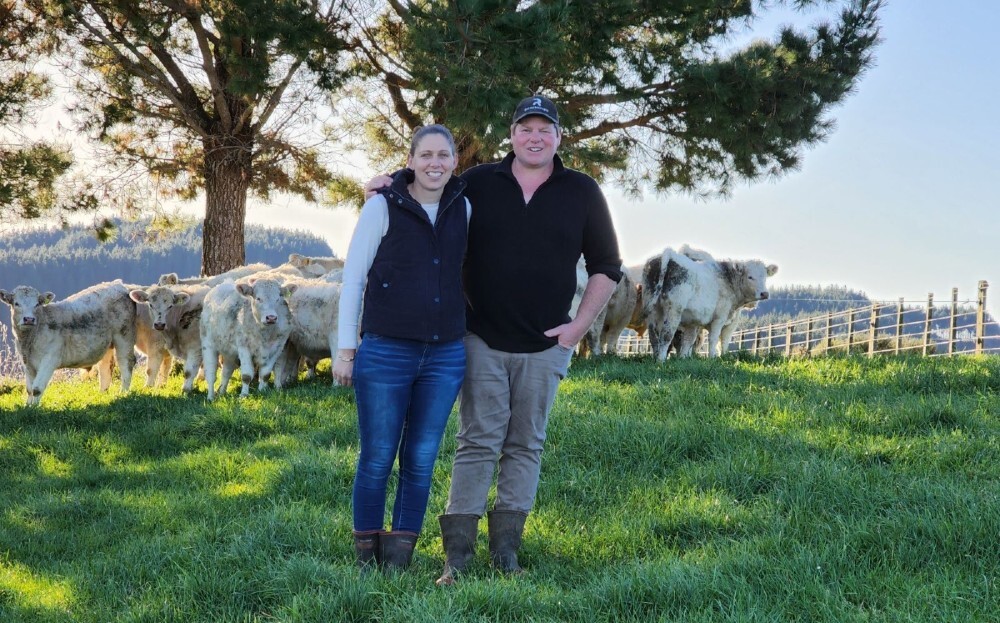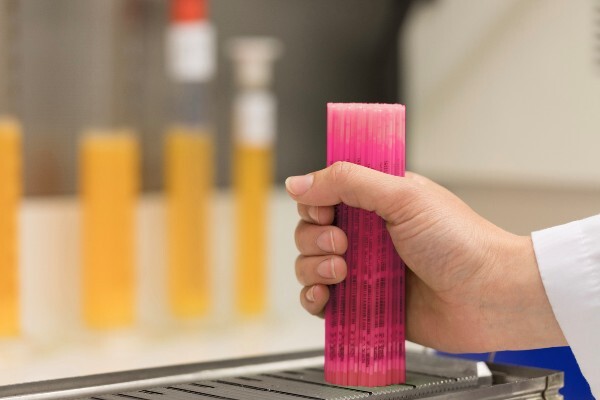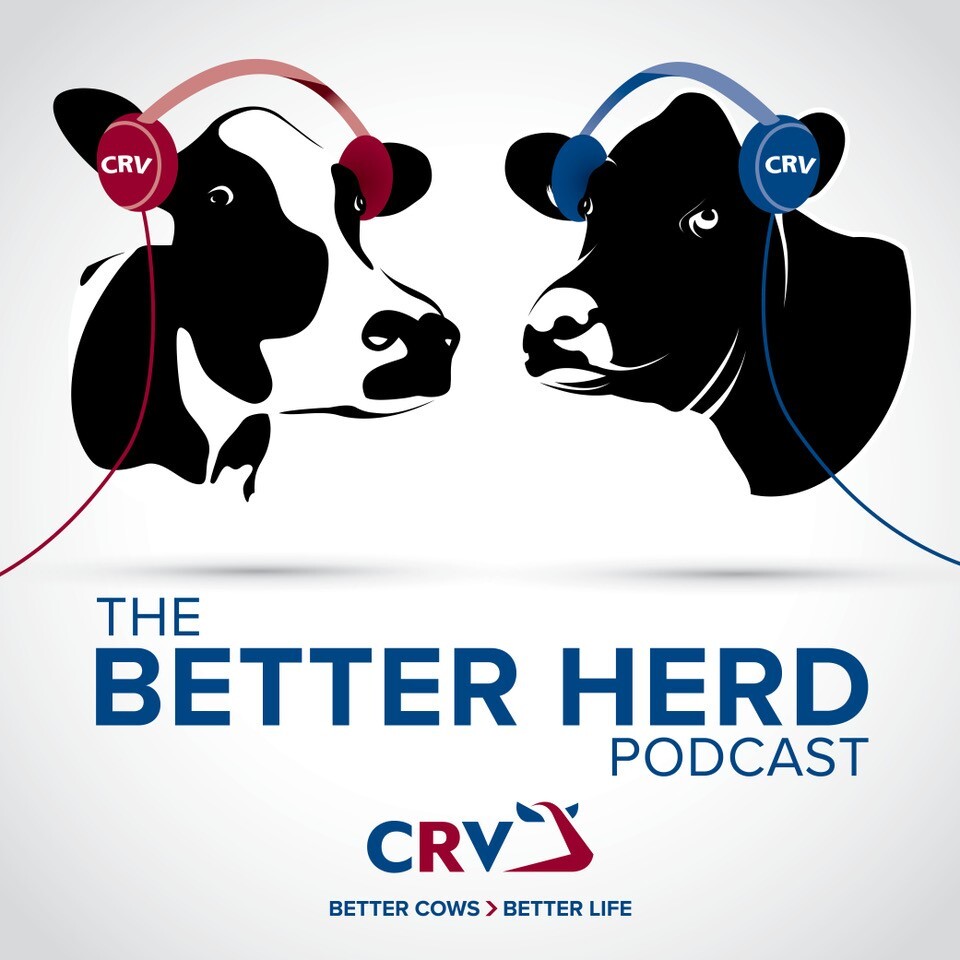
High capacity, smaller-statured cows with good fertility and production are breeding goals for Manawatu dairy farmers Steve and Vera Shailer. Find out how CRV’s sexed semen is helping them get there faster.

Sexed Semen
Use CRV’s sexed genetics to lift herd performance and get replacement heifers from your best cows.
Reasons to use frozen sexed genetics from CRV include:
The use of sexed genetics continues to grow in New Zealand with CRV continually investing in technology to give farmers access to what they need, when they need it.


Sexed semen, when used to best effect on farm, will deliver more heifer replacements early in the mating period.
To achieve the best results sexed semen should be managed differently to conventional, starting with a plan to target the right cows at the start of mating.
For tips on getting the best from the best click here.
